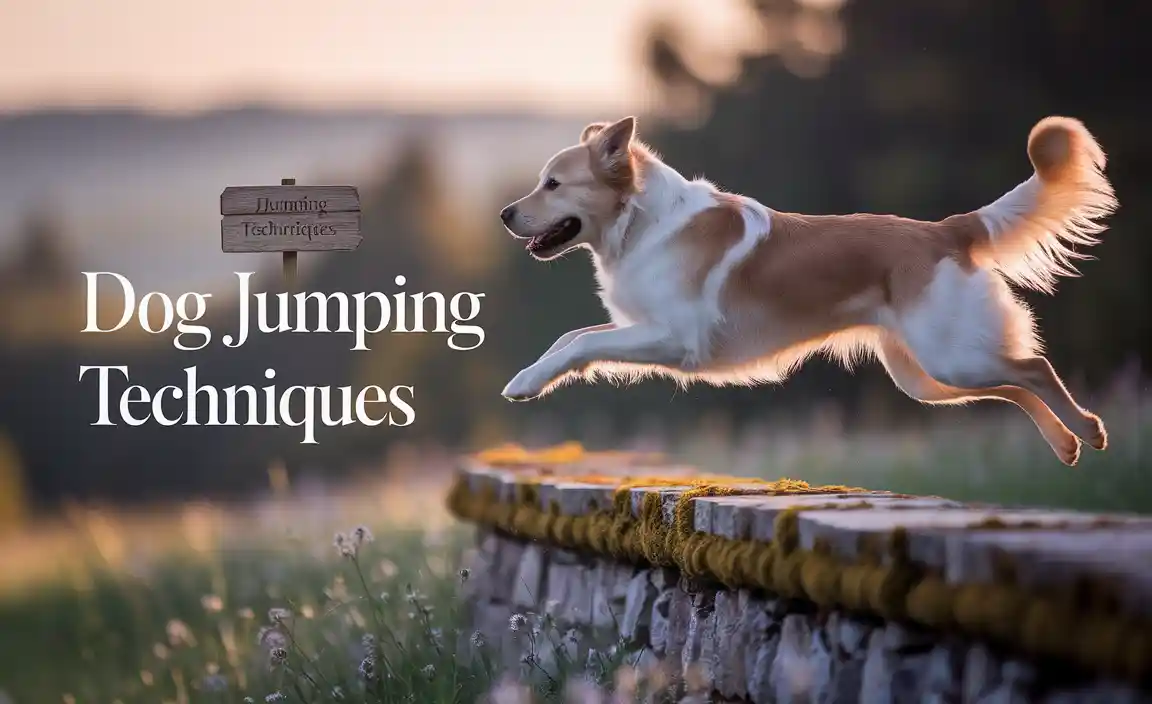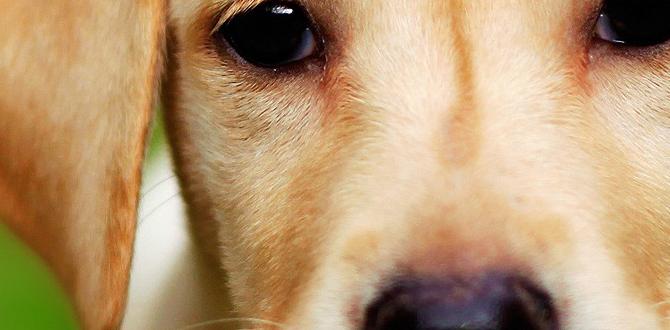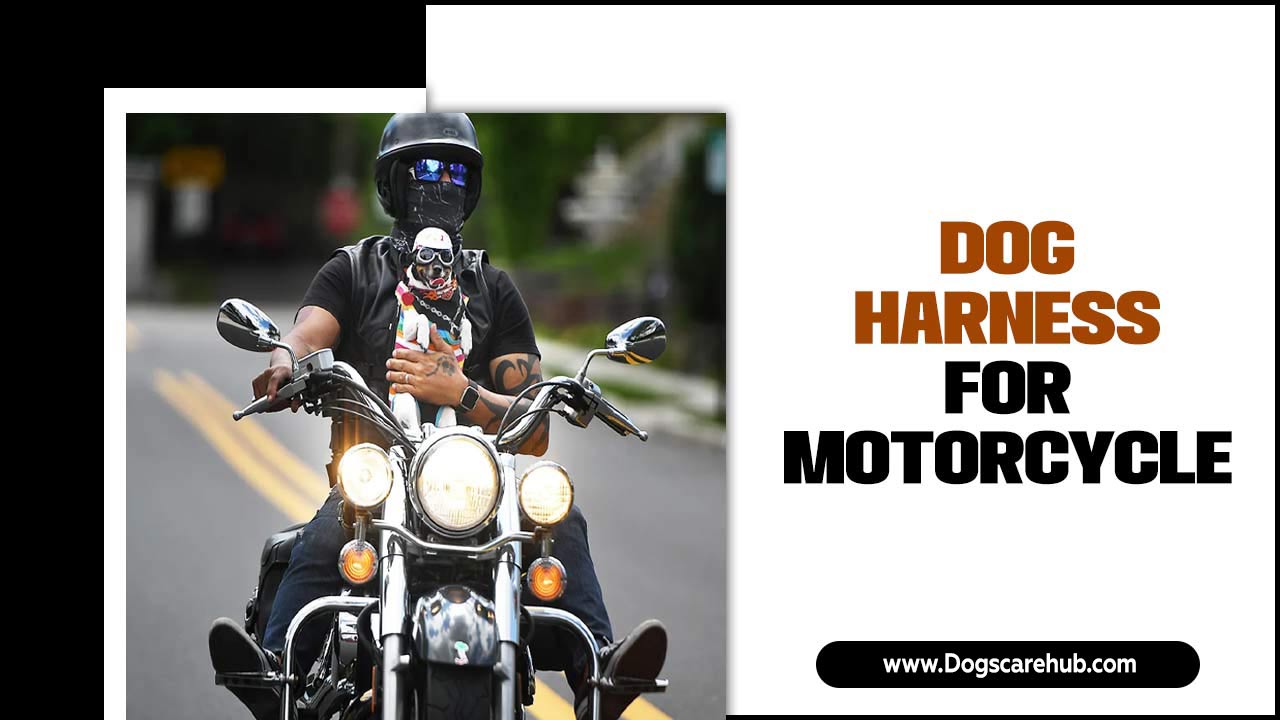Stop annoying leaps from taking over your interactions with your canine companion. Those eager greetings, while born of love and excitement, can quickly become a source of frustration for both you and your guests. Whether it’s a small yappy dog or a large, boisterous breed, unwanted jumping can lead to scratched legs, knocked-over drinks, and an overall less pleasant experience. The good news is that with consistent training and the right approach, you can effectively curb this common canine behavior and foster polite greetings.
Understanding why dogs jump is the first step in addressing the issue. Dogs often jump as a way to greet people, especially those they haven’t seen in a while or are particularly excited to see. In their world, jumping can be a way to get closer to a face, to initiate play, or to receive attention. Puppies naturally jump to greet their mothers and littermates, so it’s a learned behavior that can carry into adulthood if not redirected. Furthermore, a dog might jump if they are seeking something, like food or a toy, or if they are simply overstimulated. Recognizing these underlying motivations allows for a more targeted and compassionate training strategy.

Effective Dog Jumping on People Techniques
The core principle behind successful dog jumping on people techniques is to make jumping an unrewarding experience and polite behavior a more appealing one. Consistency is paramount. Every member of the household, and any frequent visitors, must be on the same page regarding how to react to jumping. Mixed signals will only confuse your dog and prolong the training process.
One of the most effective methods is the “Ignore and Turn Away” technique. The moment your dog’s paws leave the ground to jump on you, calmly and immediately turn your back. Avoid eye contact, verbal reprimands, or physical pushing. These reactions, while seemingly negative, can actually be perceived as attention by an eager dog, inadvertently reinforcing the jumping behavior. By turning away, you are essentially withdrawing all attention and making the jump ineffective. Wait until your dog has all four paws on the floor before turning back and offering praise or a pet. If they jump again, repeat the process. This teaches them that jumping results in the loss of your attention, while calm behavior with all paws on the ground earns it back.
Another valuable tool is teaching an incompatible behavior. This means teaching your dog to do something else that makes jumping impossible when greeting people. “Sit” is an excellent choice. Train your dog to sit on cue reliably. When you see your dog getting overly excited or preparing to jump, ask them to “Sit.” Reward them generously with praise and a treat when they do. This redirects their energy and provides them with an appropriate alternative to jumping. The goal is for them to learn that sitting politely is the key to receiving attention and affection.
Crate Training and Leash Management
For situations where you can’t actively supervise your dog, or when guests are arriving, leash management and crate training can be invaluable allies. Keep your dog on a leash when you anticipate an excited greeting. This allows you to gently restrain them and prevent them from jumping. As soon as they become calm and have all four paws on the floor, you can release the leash and reward them. This provides a physical cue and prevents the unwanted behavior from occurring in the first place.
Crate training can be a lifesaver during busy periods, such as when guests are arriving or during meal times. A crate, when introduced positively, becomes a safe and comfortable den for your dog. It prevents them from practicing unwanted behaviors when you aren’t able to supervise. Ensure the crate is a positive space and not used as a punishment. This allows you to manage their excitement and prevent jumping altogether during potentially overwhelming situations.
Socialization and Exercise: Preventing Overexcitement
A well-exercised and properly socialized dog is often a calmer dog. Insufficient physical and mental stimulation can lead to pent-up energy, which often manifests as boisterous greetings, including jumping. Ensure your dog receives adequate daily exercise tailored to their breed, age, and energy level. This could include walks, runs, fetch, or puzzle toys.
Furthermore, controlled socialization from a young age is crucial. Exposing your dog to various people, environments, and other well-behaved dogs helps them learn appropriate social skills and reduces their overall anxiety and overexcitement in new situations. When they are more confident and less frantic, they are less likely to resort to jumping as a primary greeting mechanism.
What NOT to Do When Addressing Jumping
It’s crucial to avoid common mistakes that can hinder progress. Yelling, scolding, or physically punishing your dog for jumping is generally counterproductive. These methods can create fear and anxiety, damage your bond with your dog, and may even intensify the jumping behavior as it becomes a reaction to a perceived threat. Punitive measures rarely teach your dog what you want them to do; they only teach them what to fear.
Another mistake is inconsistent application of the rules. If one person in the household allows jumping while another discourages it, your dog will become confused. Ensure everyone is on the same page and consistently applies the chosen training techniques. Remember, training takes time and patience. Celebrate small victories and don’t get discouraged by occasional setbacks. With dedication and the right dog jumping on people techniques, you can transform those enthusiastic leaps into polite and pleasant greetings.
Meet Elyse Colburn, the devoted canine companion and storyteller behind the enchanting world of “Tales, Tails, and Adventures Unleashed.” A passionate dog enthusiast with a heart full of paw prints, Elyse Colburn shares heartwarming tales and insightful adventures, celebrating the joy, loyalty, and endless antics that make every dog a true hero. Join Elyse Colburn on this tail-wagging journey, where every post is a love letter to our four-legged friends.



